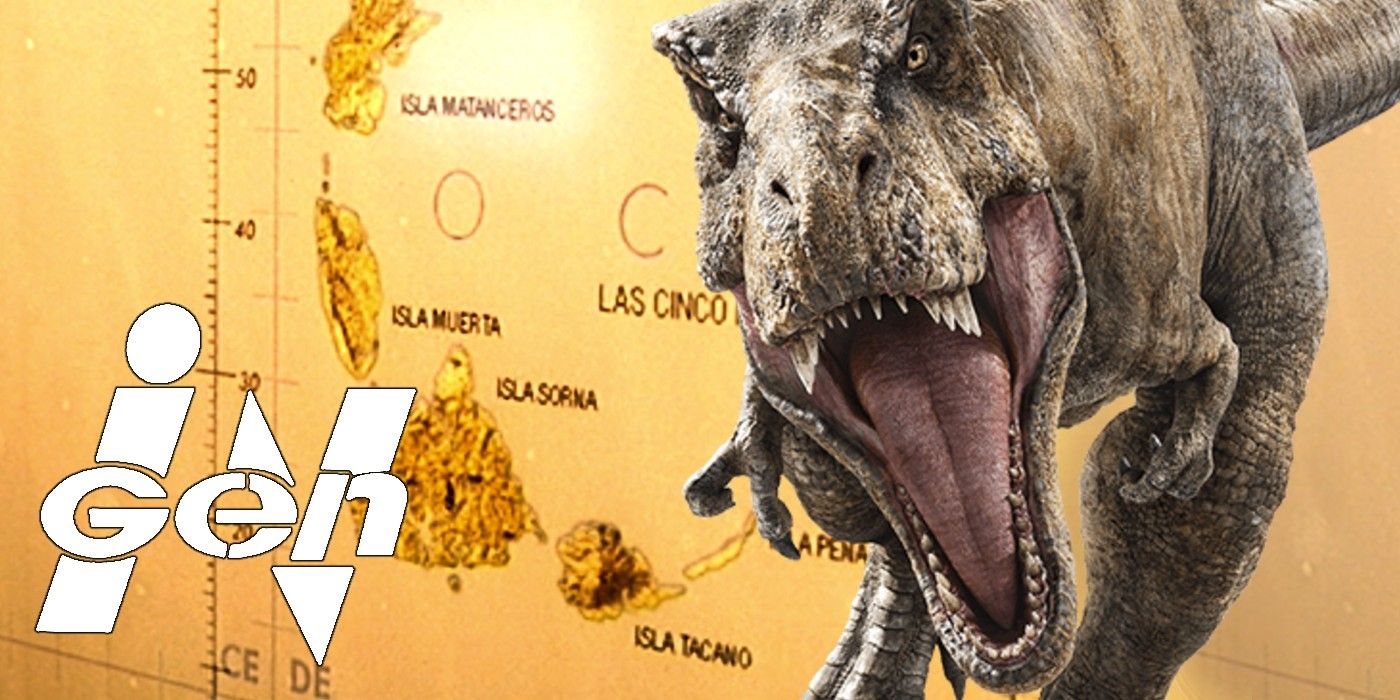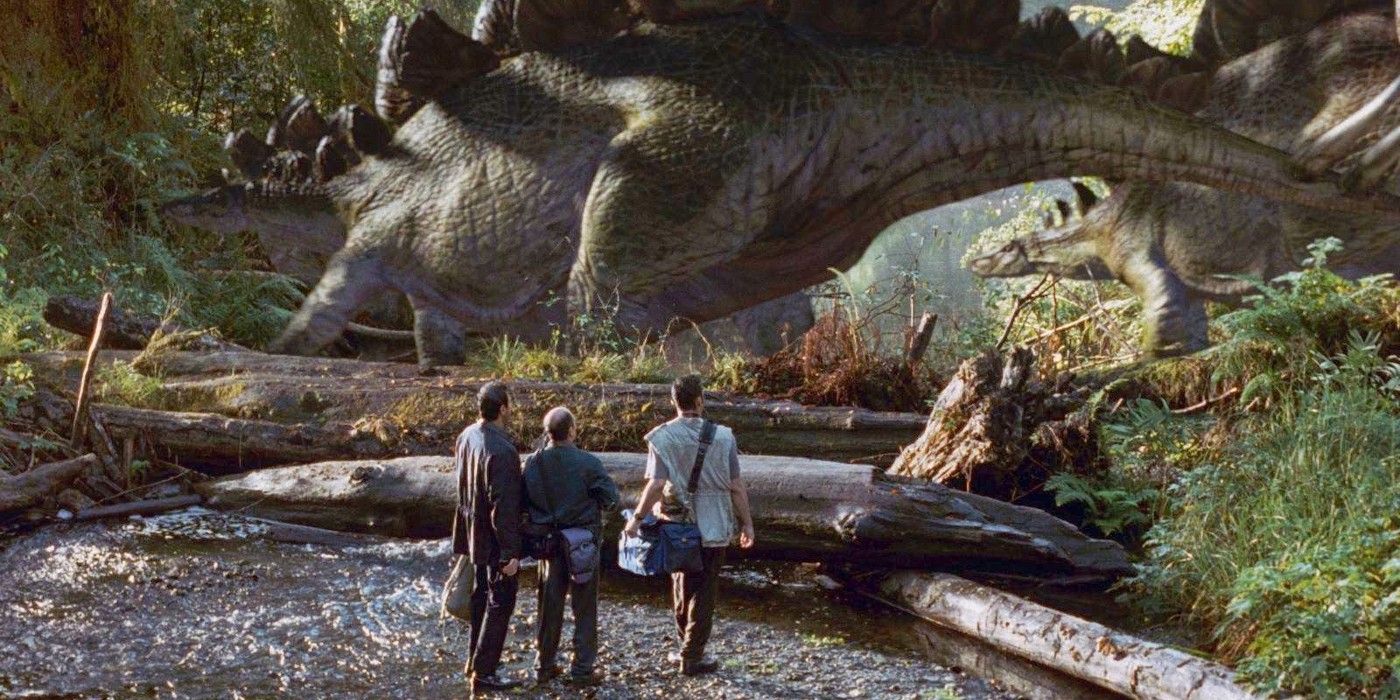
Do the Jurassic Park franchise's Five Deaths actually exist? Since 1993, viewers have been desperate to know more about the Las Cinco Muertes Archipelago, the quintet of islands that play host to the prehistoric attractions of the Jurassic Park movie series. Fans of the franchise have wondered, from the release of Jurassic Park through to 2018’s Jurassic World: Fallen Kingdom about the real-world history of the islands and whether The Five Deaths are actually real or a fictional creation invented for the film.
The Jurassic Park source novels by acclaimed author Michael Crichton reveal much of the lore behind this location. But most of what viewers learn onscreen comes from the 1997 sequel The Lost World which, like 2001’s Jurassic Park III, is mostly set on Isla Sorna. The original Jurassic Park is set on the mountainous Isla Nubar, which is said to be located 120 miles (190 km) west of mainland Costa Rica. The teardrop-shaped island is leased to Richard Hammond, but by the time the first of the Jurassic Park sequels came along, the action had shifted to Isla Sorna, within the Five Death islands.
So are the islands real? Unfortunately for fans of the series hoping to give these idyllic Central American locations a visit, the Five Deaths islands are a fictional creation. The archipelago islands were an invention that Crichton - who also wrote Westworld - came up with whilst writing the original Jurassic Park novel. Luckily, the fact that the islands are fictional means they come with a rich and interesting backstory. Named after a native myth in which one unfortunate warrior was forced to pick between various execution methods, the individual islands themselves are named after each of these methods.

The lesser-known islands which rarely figure into the plots of the franchise are Isla Matanceros, Isla Muerta, Isla Pena, and Isla Tacano. This quartet of less pivotal locations is named after the gruesome fates of burning, drowning, crushing, and beheading respectively. The most important island of the five deaths, however, is the infamous Isla Sorna, named after the fate of hanging, stand the primary location for the first Jurassic Park sequel. In the film and novel, InGen is said to own Isla Sorna, whilst the company only has a 99-year lease on Isla Nublar and as a result of this discrepancy, InGen released dinosaurs from their cages during Hurricane Clarissa and allowed them to roam free on Isla Sorna to increase the odds of their survival. They didn't just survive, they thrived.
That’s how the island ended up home to the countless free-range dinosaurs that are encountered in 1997's The Lost World. The island was used as an industrial scale breeding ground for dinosaurs who would later be shipped to Isla Nublar, which explains the even more diverse range of species present in the sequel. The later Jurassic Park III sees the action of the franchise return to Isla Sorna, which plays host to the original film’s hero Alan Grant in this installment. It’s in this third film that viewers discover the island includes an aviary, which is home to a mutated pterodactyl species. By the time 2015’s franchise reboot Jurassic World rolled around, viewers were given no new clues as to the state of Isla Sorna. However, in the film’s 2018 sequel Jurassic World: Fallen Kingdom, it’s revealed that Isla Sorna remains a restricted location, meaning dinosaurs likely still roam free throughout the small island. Unfortunately for the potential for even more Jurassic Park sequels, the other four islands had no ties to InGen and house no dinosaurs at all.
from ScreenRant - Feed https://ift.tt/3hTwRDA


0 Comments